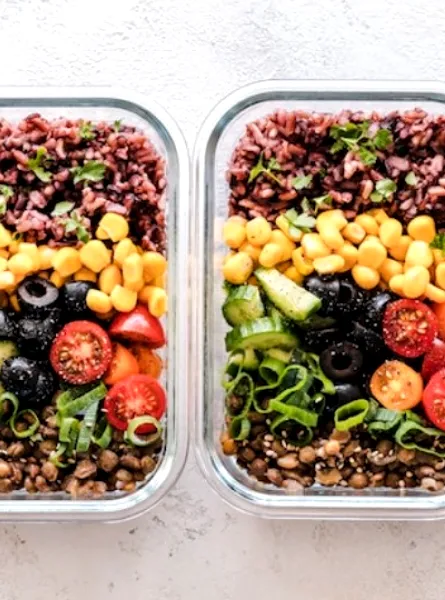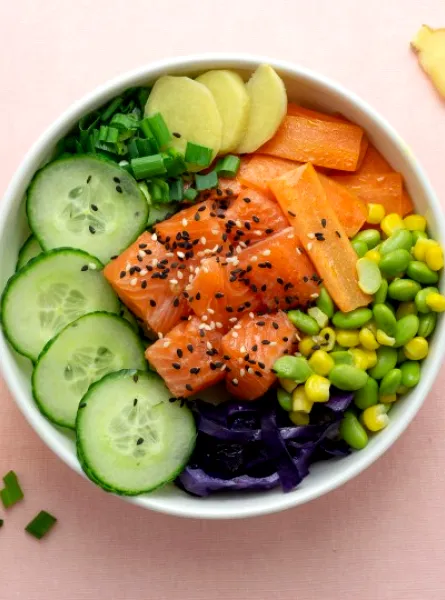
With Halloween fast approaching, many parents may be apprehensive about managing candy and sweets with their children. Here's a handy guide to having fun while supporting your child's skill development!
Better Candies Than Others?
Not really! There is no type of candy that is better than any other and it's best to go by family preferences. Candies can be a part of a healthy diet where all foods are allowed. That being said, it is true that some families will prefer modified or homemade versions of the candies usually offered at Halloween, especially because of allergies. The important thing is to go with what makes us comfortable, without feeling guilty about offering very sweet foods on special occasions.
Candies and chocolate are just one way to celebrate Halloween. We can also celebrate by adding food coloring to regular meals, making spooky food arrangements or offering a magic potion as a drink. Here are some ideas!
The Pedestal Trap
On this occasion, it's best to treat candies like any other food in the house, i.e., by not giving them too much importance. When we emphasize the specialness of candies (e.g., "Wow, enjoy it, it's rare that you'll get candies like this!"), we put sweets on a pedestal. This sends a message to children that they should enjoy them quickly and eat them in large amounts, regardless of the cues their belly is sending them. It's a perfect recipe for tummy aches and a rather complex relationship with food as they grow up. So let's save the pedestal for the costume contest!
How Can I Accompany My Child?
Tip #1: Take the opportunity to teach your child about hunger and fullness cues.
Children are usually better at recognizing the signals their bodies and tummies send them. Why not use Halloween candies as an opportunity to explore these concepts with them? To do so, The Hunger and Fullness Peas come to the rescue.
Tip #2: Give them choices, but in a supervised way.
Children are looking for autonomy and independence. Letting them choose from a variety of predetermined options allows them to assert themselves, while leaving it up to us to define a framework that suits us. For example, we could let children choose 2 pieces of candy to bring to the table with them. They can then decide at what point during the meal they want to eat the 2 candies they have chosen.
Psst: The choice of costume can also be an opportunity for the child to assert his need for autonomy. As parents, it is our role to support him in this learning. Here is a resource on the subject (in french), right here!
To Each Their Own Parenting Practice
Parenting practices vary greatly from one household to another. For example, some parents let their children keep their candies in their room, while it's out of the question for others! It is important to go with what fits our values, while supporting our children's food skills development. Daring to seek help when we feel it is needed can also be very beneficial.
Feel like managing sugary foods in the house is a constant struggle? You have questions about the division of responsibility approach or would like to make mealtime more enjoyable for the whole family? It is possible to meet with a family dietitian!






